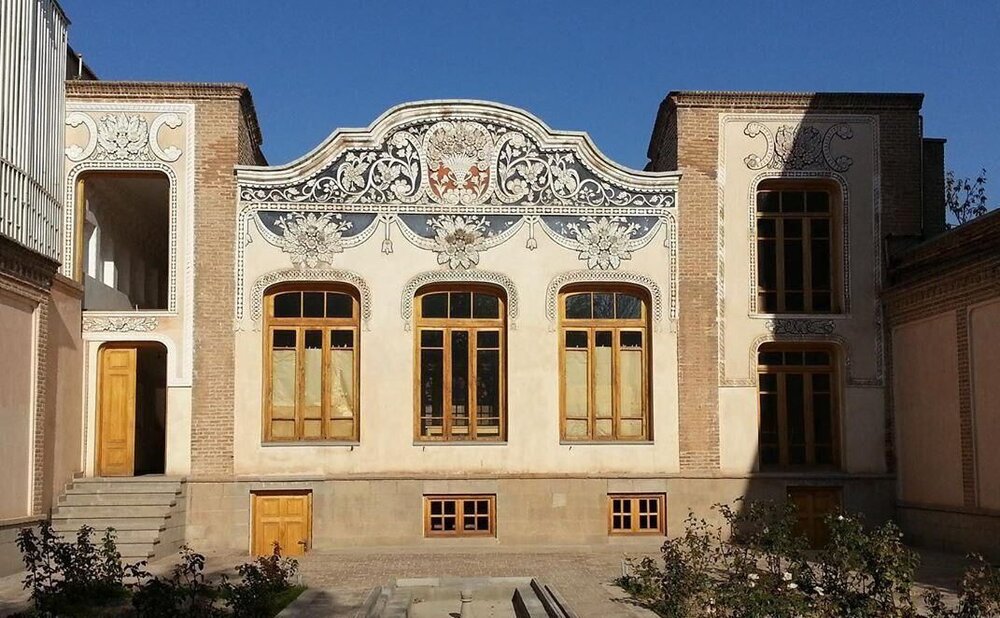Museum dedicated to journalistic heritage inaugurated in Tabriz

TEHRAN – Cultural Heritage, Tourism and Handicrafts Minister Ali-Asghar Mounesan on Monday inaugurated a museum dedicated to journalistic heritage in Tabriz, northwestern East Azarbaijan province.
“Azarbaijan Press Museum can serve as a valuable museum and a narrative of the region’s past and its role in the history of the country by identifying and collecting journalistic documents,” the minister said during the inauguration ceremony.
He also asked history buffs and collectors to contribute their documents to enrich the treasure trove of the museum.
Azarbaijan Press Museum showcases also Qajar-era (1789-1925) documents, magazines, photographic equipment, and cameras.
It displays Qajar-epoch newspapers including Habl al-Matin, Anjoman, and Sur Esrafil, which were published in Tabriz and played a key role in the victory of the Constitutional Revolution.
As part of its collection, the museum displays lithographic copies, letters related to publications, and subscription receipts for various publications.
The first nameless newspaper of Iran was published in May 1837 under the aegis of informed technocrat Mirza Saleh Kazerouni. In 1850 the first issue of Amir Kabir’s newspaper under the title of ‘Darol Khelafeh Tehran’ was published.
Pictures made their debut for the first time in Iranian papers in 1860. The period for the state-run press came to an end in 1906 when the constitutional decree was issued and the royal court and the government monopoly on the press were terminated.
In 1952 under Mohammad Mosaddeq’s government, there were 300 newspapers, including 25 dailies, while during the 1979 Islamic Revolution the number of newspapers was about 100, of which 23 were dailies.
Nowadays, there are hundreds of magazines, newspapers, and news websites in the country mostly in Persian, English, and Arabic languages.
Soaked in history and culture for millennia, Tabriz embraces several historical and religious sites, including the Jameh Mosque of Tabriz and Arg of Tabriz, and UNESCO-registered Tabriz Historic Bazaar Complex to name a few. The city became the capital of the Mongol Il-Khan Mahmud Gazan (1295–1304) and his successor. Timur (Tamerlane), a Turkic conqueror, took it in 1392. Some decades later the Kara Koyunlu Turkmen made it their capital, it was when the famous Blue Mosque was built in Tabriz.
The city retained its administrative status under the Safavid dynasty until 1548 when Shah Tahmasp I relocated his capital westward to Qazvin. During the next two centuries, Tabriz changed hands several times between Persia and Ottoman Empire. During World War I, the city was temporarily occupied by Turkish and then Soviet troops.
ABU/AFM
Leave a Comment